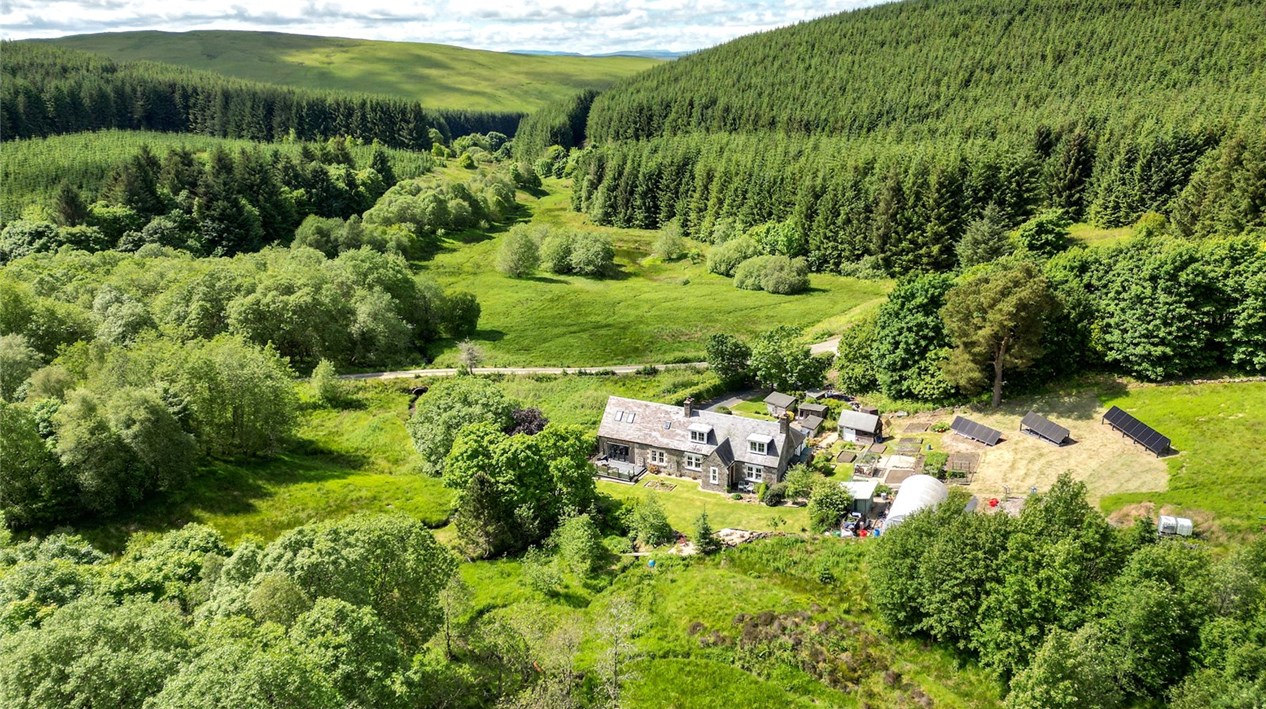Heating homes and buildings produces approximately a fifth of Scotland’s greenhouse gas emissions. With the Scottish Government’s legally binding net zero greenhouse gas emissions targets set for 2045, effectively reducing the emissions associated with the energy efficiency of Scotland’s built environment is critical to achieving this target. The scale of this challenge is immense, with challenges ranging from traditionally constructed buildings to the vagaries of the Scottish climate.
The Scottish Government recently concluded a consultation on a proposed Heat in Buildings bill, to implement policies that will drive the move to zero-carbon heating systems.
The extensive proposals for the bill include several dates specifying when properties might be required to achieve certain criteria, such as minimum energy efficiency standards (MEES). While the bill is yet to become law and its final form remains to be seen, a range of funding schemes are currently available to homeowners and tenants for undertaking energy efficiency works in Scotland.
Funding schemes currently available
Currently, funding schemes for energy efficiency measures in Scotland are implemented through two main routes.
The first is a range of grants and loans directly funded by the Scottish Government and administered by Home Energy Scotland (which in turn are managed by Energy Saving Trust).
The second route is the Energy Company Obligation (ECO) – a series of energy efficiency schemes in the UK that place legal obligations on energy suppliers to deliver energy efficiency and heating measures to domestic premises. Under the scheme, eligible homeowners and private rental tenant (subject to further income, health, and property-related criteria) can access 100% funding for a number of energy efficiency improvements.
RICS residential retrofit standard Against the backdrop of the Heat in Buildings Bill consultation and funding schemes for energy efficiency improvements, the Royal Institute of Chartered Surveyors (RICS) recently released a first edition of the Residential retrofit standard. This focuses on the factors that need to be considered when retrofitting existing housing stock on to meet proposed EPC targets.
Crucially, the statement highlights the potential for energy efficiency “improvements” to have adverse effects on traditionally constructed buildings. Specifically, RICS argues that it is neither appropriate nor feasible to attempt to achieve the same level of emissions reduction for every domestic building. This is due to the constraints posed by traditionally constructed buildings, and the potential for improvements to have unintended negative effects on these buildings.
These effects can make buildings unhealthy to live or in some cases uninhabitable. Given the significant number of traditionally constructed buildings in Scotland, this poses real challenges for energy efficiency works being administered and funded through the current schemes.
Next steps
At present, funding schemes for energy efficiency measures in Scotland are complex and can be difficult for consumers to navigate. Furthermore, in instances where properties have had energy efficiency measures installed in a negligent or inappropriate matter, the outcomes can be negative both for residents and buildings alike.
Highlighting the scale of the issue, consumer Scotland has recently launched an investigation into safeguards in the green home heating market, citing concerns from consumers over misleading claims and poorly-skilled installers.
This investigation, combined with the RICS professional statement on retrofitting standards, demonstrates the challenges associated with the current schemes.
The Heat in Buildings Bill therefore presents an opportunity to not only set out policy objectives moving forwards, but also to reconcile the current funding mechanisms with retrofit standards and consumer protection.
Read the latest news and views from our experts in our Autumn/Winter edition of Energy Matters.

